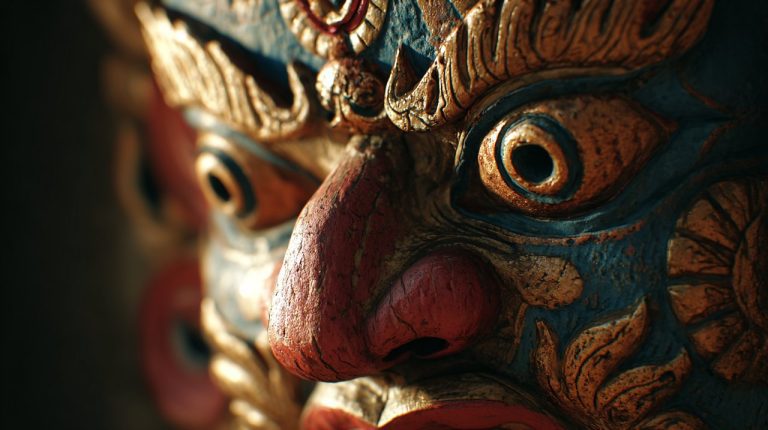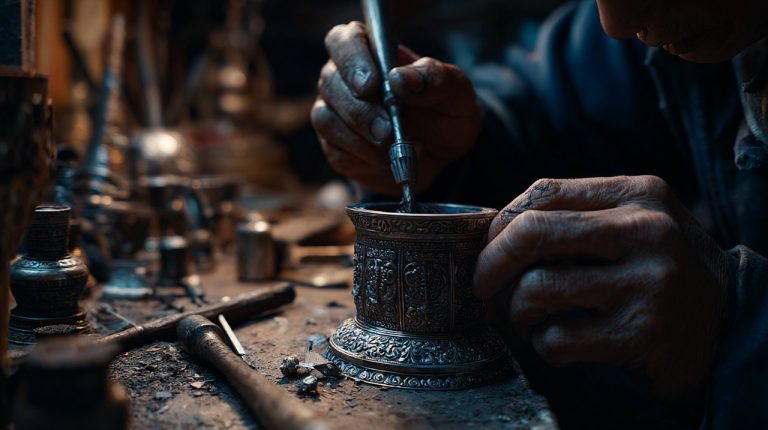Spiritual tools encompass a vast array of objects, practices, and concepts designed to deepen one's spiritual journey, foster inner peace, and facilitate personal growth. From ancient artifacts to modern mindfulness techniques, these aids serve as conduits for connection, reflection, and transformation. They are essential companions for anyone seeking to cultivate a more conscious and purposeful existence.
What are Spiritual Tools and Why Are They Essential for Your Journey?
At their core, spiritual tools are anything that supports an individual's spiritual or meditative practice. They act as tangible anchors or conceptual frameworks, helping to focus intention, purify space, or facilitate a deeper understanding of universal principles. Their significance lies in their ability to bridge the gap between abstract spiritual concepts and daily lived experience.
- Focus & Intention: Tools like Mala beads aid in concentration during meditation and mantra recitation, grounding the practitioner.
- Purification & Sacred Space: Incense or specific rituals can cleanse environments, making them conducive for spiritual work.
- Guidance & Reflection: Symbolic representations or contemplative practices offer insights and pathways for introspection.
- Connection & Tradition: Many tools carry centuries of tradition, connecting the user to a broader spiritual lineage and community.
Exploring the Diverse Forms and Functions of Spiritual Tools
The realm of spiritual tools is remarkably diverse, reflecting the myriad paths to spiritual awakening. They can be broadly categorized into physical objects, conceptual frameworks, and symbolic representations, each serving unique functions in a practitioner's journey.
- Physical Objects: These include items such as prayer beads, statues, incense, candles, crystals, and altar pieces. They often serve as focal points for meditation, objects of veneration, or aids in ritualistic practices.
- Conceptual Tools: Beyond the tangible, spiritual tools also encompass practices and systems of thought. Examples include the study of angel numbers for guidance, mindfulness techniques like 'Just Sitting', or understanding the principles of karma and rebirth.
- Symbolic Representations: Many cultures utilize symbols to convey profound spiritual truths. Animals like the elephant, for instance, embody wisdom and strength in Buddhist symbolism. Exploring elephant symbolism can be a tool for embodying these qualities.
- Ritual & Practice: Specific ceremonies, chants, or structured meditation sessions are also powerful tools, providing a framework for spiritual engagement.
How to Effectively Integrate Spiritual Tools into Your Daily Practice
Integrating spiritual tools into daily life is about intentionality and consistency, rather than mere acquisition. The effectiveness of any tool lies in how it is used to foster a deeper connection to one's inner self and spiritual path.
- Start Small: Choose one or two tools that resonate most deeply with you and begin by incorporating them into a brief daily ritual. This could be a few minutes of meditation with prayer beads or a moment of reflection with incense.
- Set Intentions: Before engaging with a tool, clearly define your purpose. Are you seeking calm, clarity, protection, or gratitude? This intention will imbue the tool with personal meaning.
- Mindful Engagement: Approach each tool with reverence and presence. Whether it's the aroma of incense or the feel of a crystal, allow your senses to fully engage without distraction.
- Regular Reflection: Periodically reflect on how the tools are influencing your spiritual journey. Adjust your practice as needed, always seeking what genuinely supports your growth.
By understanding the nature and purpose of spiritual tools, you can consciously select and utilize them to enhance your path towards inner peace and profound personal transformation. We invite you to explore the articles within this category to discover the rich history, diverse applications, and profound benefits of these sacred aids.












